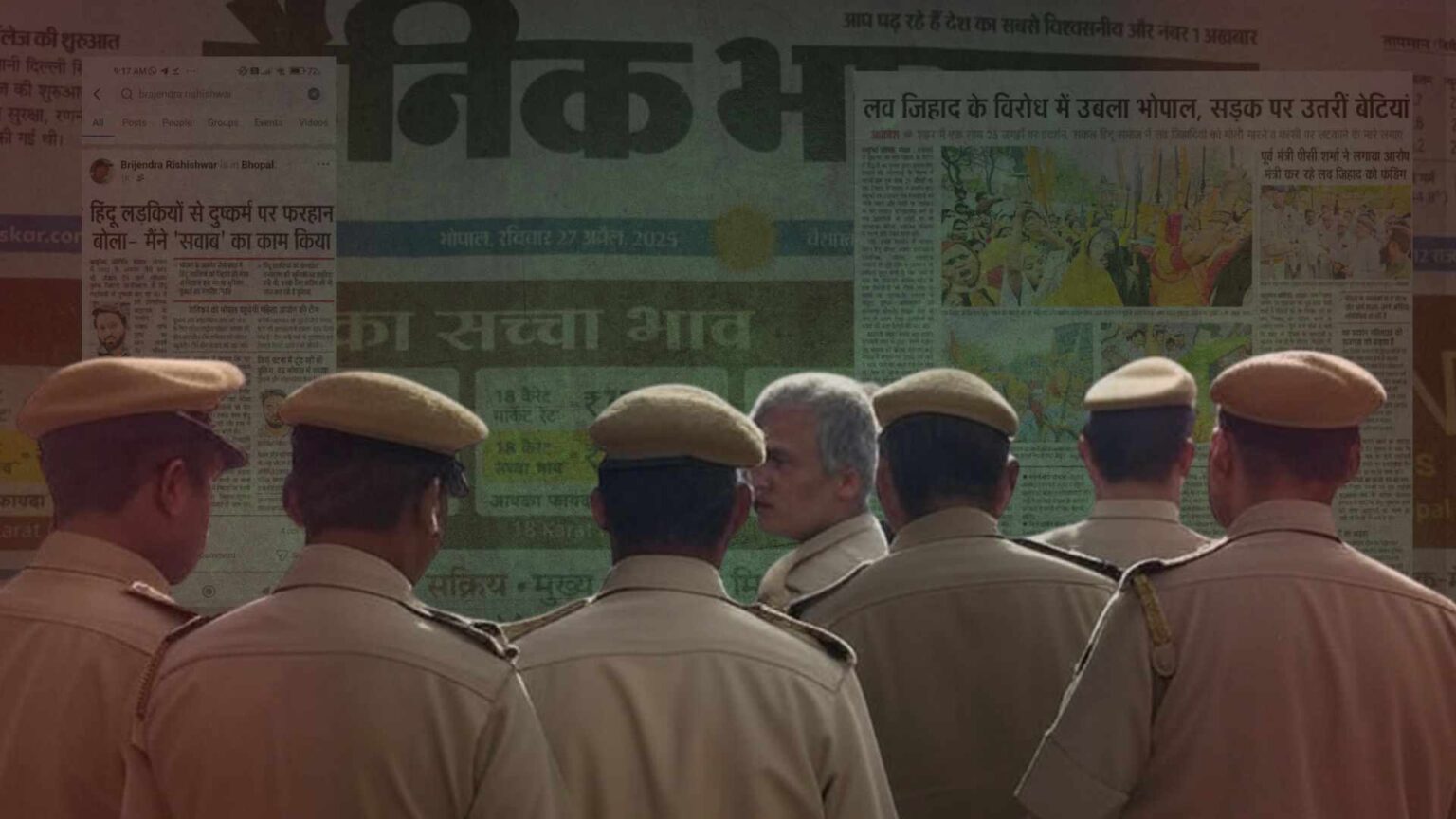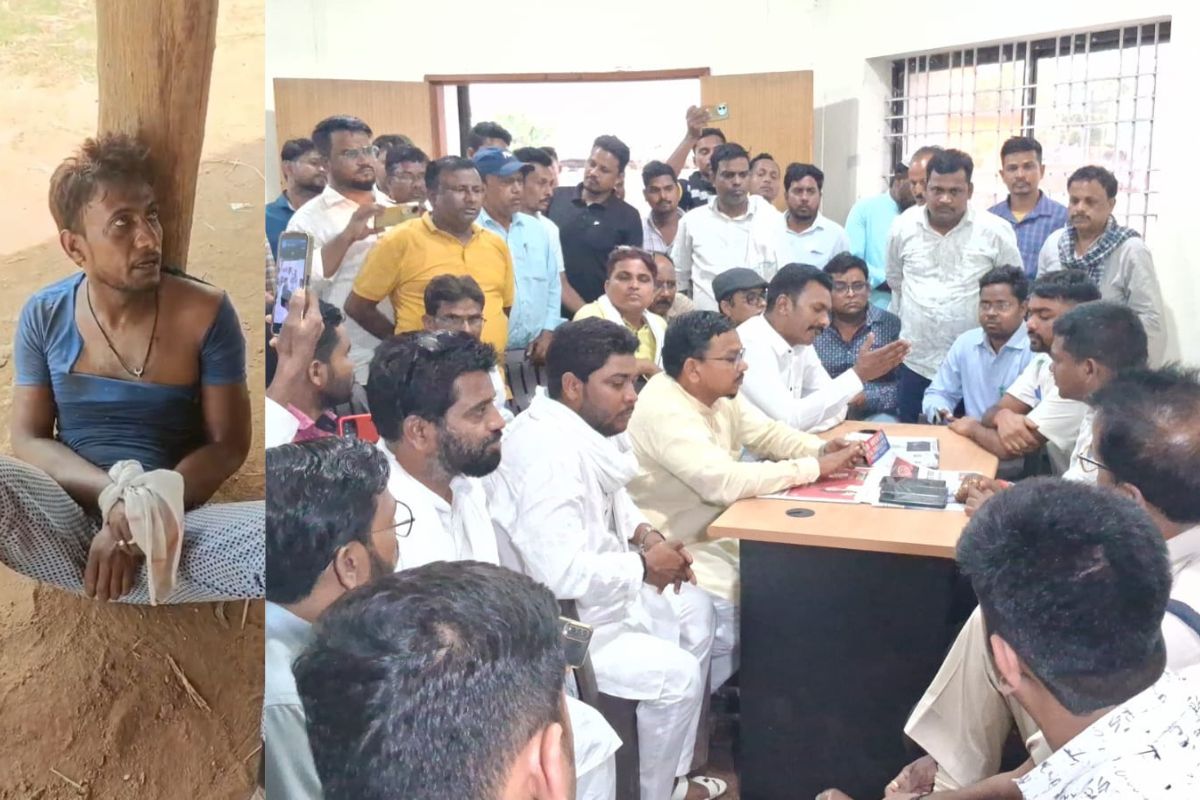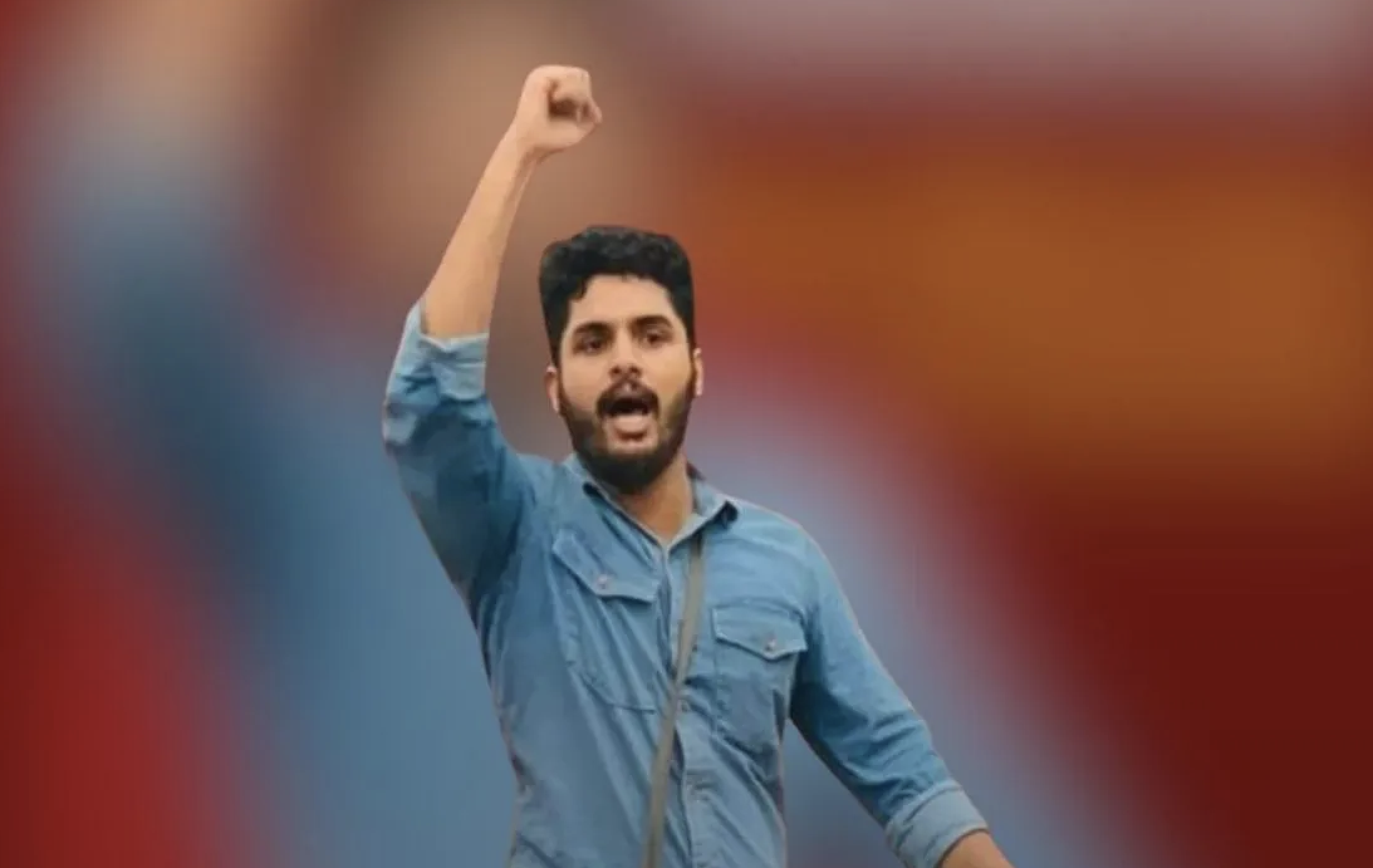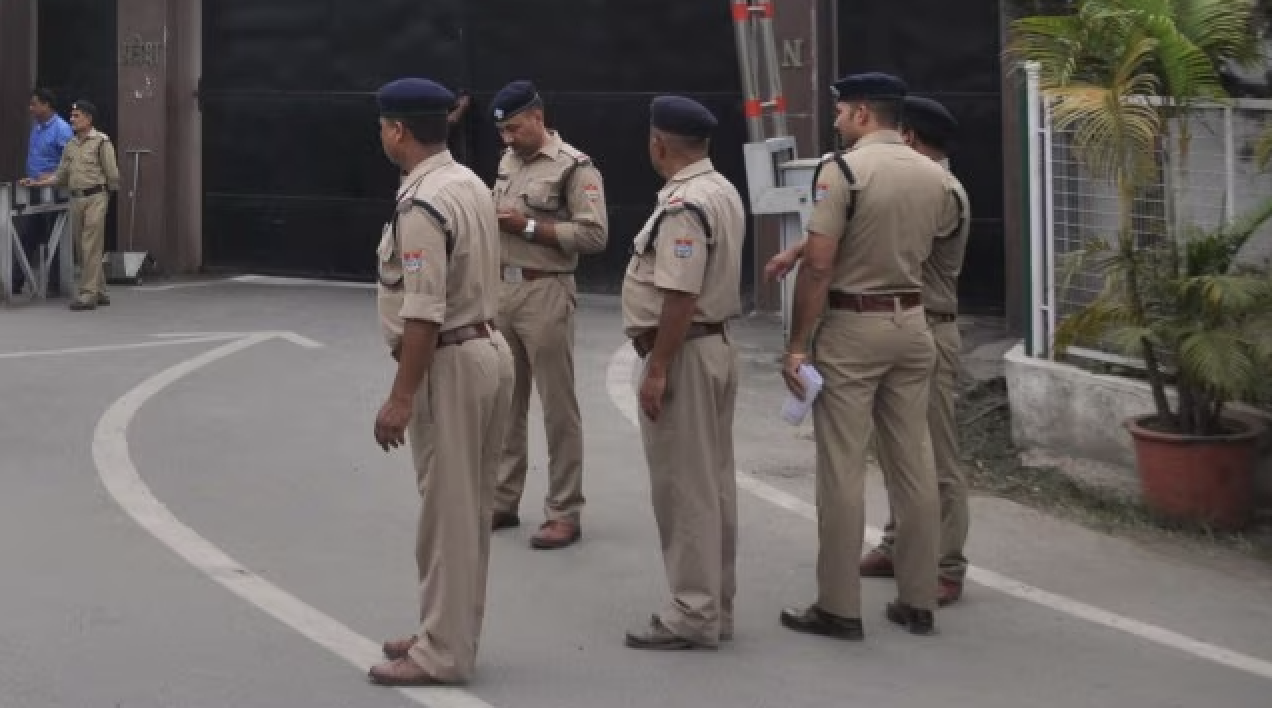
The Lucknow Bench of Allahabad High Court on Monday said it would hear the petition against the acquittal of all 32 accused in the Babri Masjid Demolition case on August 1.
The Babri Masjid was demolished on December 6, 1992. The Special CBI Court in 2020 acquitted all the 32 accused in the case, including former Deputy Prime Minister LK Advani and Bharatiya Janata Party (BJP) senior leaders Murli Manohar Joshi, Uma Bharti, and Kalyan Singh.
The current petition before the court has argued that the trial court had committed error in not convicting the accused.
Here we explain the Ram Mandir movement, the Babri Masjid demolition, the inquiry and investigation into the demolition, and the subsequent verdict.
Background to the Ram Mandir movement
The construction of Ram Mandir at Ayodhya has been among the main electoral issues of BJP. It’s rooted in the belief that the first Mughal emperor Babar demolished a Hindu temple in Ayodhya and built Babri Masjid on the top of the templpe’s ruins.
While the political thrust to the Ram Mandir movement came in 1989, the legal and social efforts for the same had been on since 1858.
In 1858, Sheetal Dubey, the thanedar of Oudh, in a report referred to worship in the middle of Masjid Janam Asthan by a Nihang Sikh Farkor Khalsa of Punjab, who organised a havan and puja of Guru Govind Singh and erected a symbol of Shri Bhagwan within the premises of the Masjid, notes historian Meenakshi Jain in her book Rama and Ayodhya.
Later, cases, complaints, and applications were filed in 1860, 1866, 1870, 1877, 1883, and 1885 as well, over one aspect of the dispute or the other. There were also riots in 1912 and 1934 in Ayodhya in which the dispute came up.
This story was originally published in outlookindia.com. Read the full story here






